Since 1972, Universal Time (UT) is the synchronized time on the rotation of the Earth. It is measured by precisely observing the passage of distant quasars to the meridian of the place of observation, with some corrections. With this method the astronomers obtain a precision of about one microsecond (10-6 second). But the rotation of the Earth on its axis, is not regular.
The International Atomic Time (IAT) is the time scale based on the definition of the second and is calculated from 349 cesium atomic clocks spread over Earth. This reference used around the world in real time, has a 10-10 second precision with cesium 133 (Cs133). This time isochronous scientific use is called the Terrestrial Time (TT).
Given the irregular rotation of the Earth, the universal time slowly drift in relation to atomic time. This drift is important in the order of 35 seconds since 1972. These microdrifts cumulatided are due to tidal effects of the Moon and Sun, to seasonal variations of ice caps, to earthquakes, to tsunamis and the different movements inner core of the Earth.
These drifts between the two clocks, UT and IAT, must be corrected, that is why since 1972, 25 seconds were added to the universal time. These seconds are called leap seconds or second additional.
Since the beginning of the measurement of IAT, the International Earth Rotation Service and Reference Systems Service (IERS) located at the Paris Observatory, has only additions of leap seconds. The leap second is produced from a difference between the clocks, ≈0,5 second.
NB: In 2015, in France this leap second occurred with summer time on July 1 in the morning. The clocks showed 1h 59min 59s, then 1h 59min 60s, then 2h 00min 00s. The addition of this second, correlated to variations in the rotation of our planet, is decided at the global level at the Paris Observatory within the Time-Space Reference Systems laboratory - SYRTE1 | | The announcement is made in advance by a newsletter, the Bulletin C, published every six months. Diffusion is arbitrated by the International Telecommunication Union.
| Year |
June 30 |
Dec 31 |
Year |
June 30 |
Dec 31 |
| 1972 |
+1 |
+1 |
1995 |
0 |
+1 |
| 1973 |
0 |
+1 |
1996 |
0 |
0 |
| 1974 |
0 |
+1 |
1997 |
+1 |
0 |
| 1975 |
0 |
+1 |
1998 |
0 |
+1 |
| 1976 |
0 |
+1 |
1999 |
0 |
0 |
| 1977 |
0 |
+1 |
2000 |
0 |
0 |
| 1978 |
0 |
+1 |
2001 |
0 |
0 |
| 1979 |
0 |
+1 |
2002 |
0 |
0 |
| 1980 |
0 |
0 |
2003 |
0 |
0 |
| 1981 |
+1 |
0 |
2004 |
0 |
0 |
| 1982 |
+1 |
0 |
2005 |
0 |
+1 |
| 1983 |
+1 |
0 |
2006 |
0 |
0 |
| 1984 |
0 |
0 |
2007 |
0 |
0 |
| 1985 |
+1 |
0 |
2008 |
0 |
+1 |
| 1986 |
0 |
0 |
2009 |
0 |
0 |
| 1987 |
0 |
+1 |
2010 |
0 |
0 |
| 1988 |
0 |
0 |
2011 |
0 |
0 |
| 1989 |
0 |
+1 |
2012 |
+1 |
0 |
| 1990 |
0 |
+1 |
2013 |
0 |
0 |
| 1991 |
0 |
0 |
2014 |
0 |
0 |
| 1992 |
+1 |
0 |
2015 |
+1 |
0 |
| 1993 |
+1 |
0 |
2016 |
0 |
0 |
| 1994 |
+1 |
0 |
2017 |
0 |
0 |
In 1958 the two clocks universal time (UT1) and International Atomic Time (IAT) are reported synchronous. In 1972, there are 10 seconds between them. This initial offset is kept but for 25 leap seconds have been added to universal time to correct its drifts. Between 31 December 1998 and 31 December 2005, the Earth has rotated regularly without drift or rather the drifts in one direction counterbalance drift in the other direction and the gap remained constant. | | 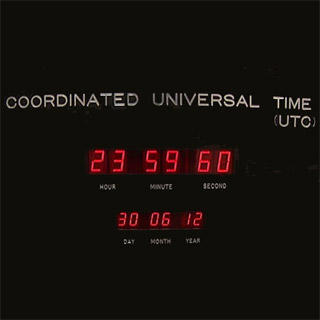 Image: The leap second, which is added "at that moment" in the world at 23:59:59 UT, 23:59:60 is counted as the above computer screen, the next second is counted 0:00:00 dated tomorrow. Those days, June 30 and December 31 concerned, have a duration of 86,401 seconds instead of the usual 86,400 seconds. Many applications require a still finer precision in particular GPS, fundamental physics applications and applications used in astronomy. Leap seconds can improve the accuracy of geolocation in longitude and land navigation systems as well as interoperability with other existing and future GPS systems (Glonass, Galileo, Beidou, MSAS). But this leap second poses a number of problems because some computer systems are unable to handle leap seconds, its removal is still under study. |



 Automatic translation
Automatic translation
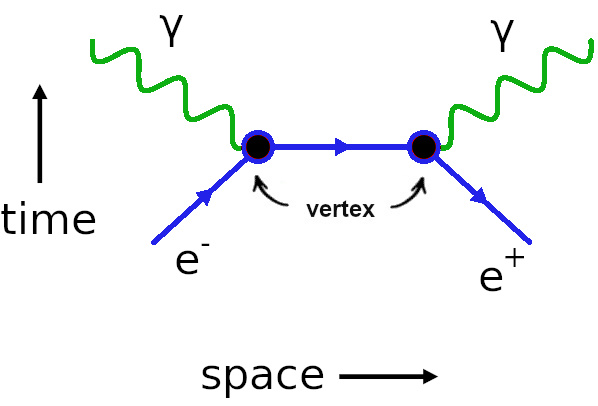 Feynman diagrams and particle physics
Feynman diagrams and particle physics
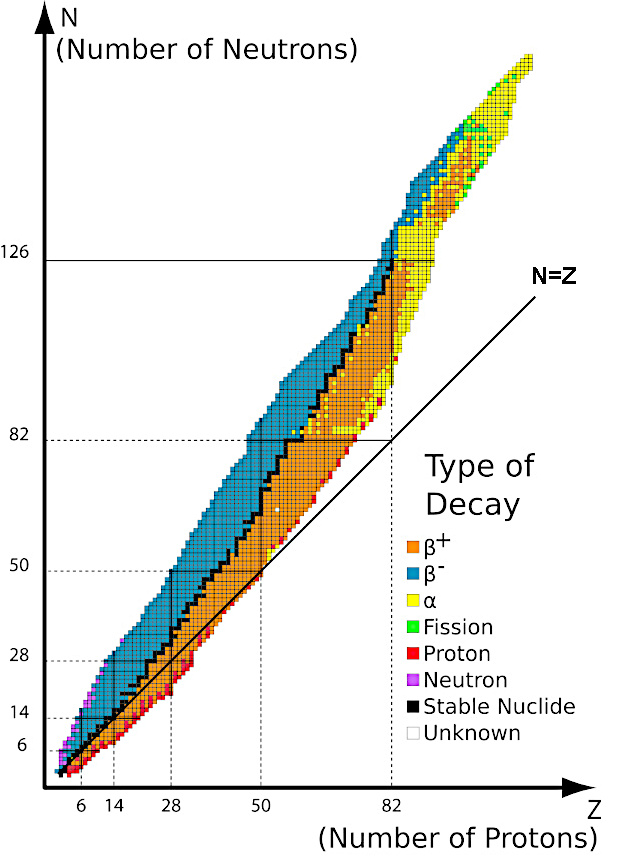 Stars cannot create elements heavier than iron because of the nuclear instability barrier
Stars cannot create elements heavier than iron because of the nuclear instability barrier
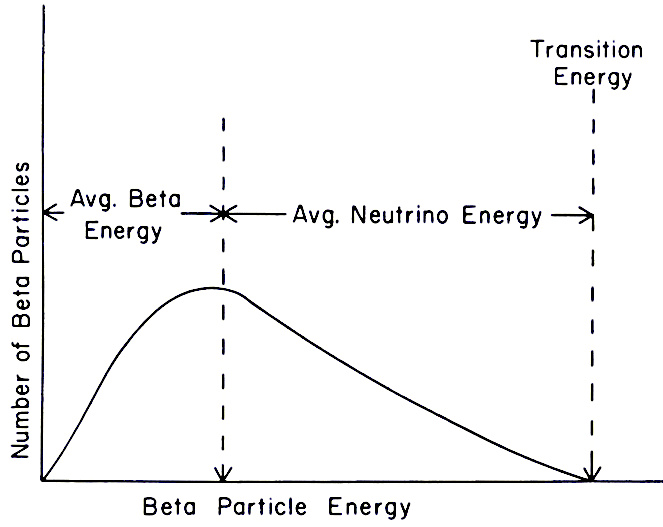 What is β radioactivity?
What is β radioactivity?
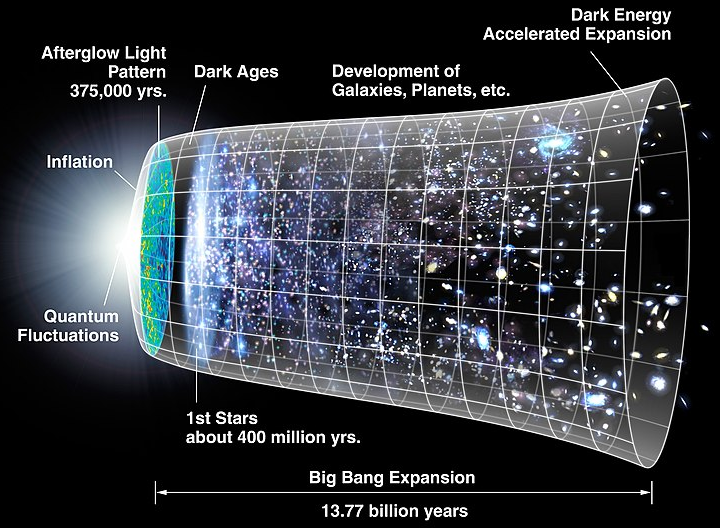 Planck wall theory
Planck wall theory
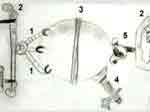 Is emptiness really empty?
Is emptiness really empty?
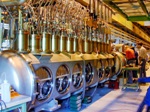 The Large Hadron Collider
The Large Hadron Collider
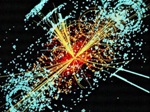 The hadron is not a fixed object
The hadron is not a fixed object
 Radioactivity, natural and artificial
Radioactivity, natural and artificial
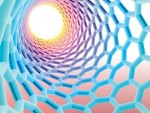 The scale of nanoparticles
The scale of nanoparticles
 Schrodinger's Cat
Schrodinger's Cat
 Before the big bang the multiverse
Before the big bang the multiverse
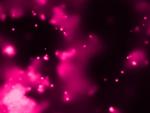 Eternal inflation
Eternal inflation
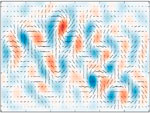 Gravitational waves
Gravitational waves
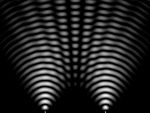 Principle of absorption and emission of a photon
Principle of absorption and emission of a photon
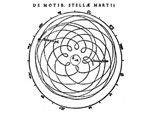 Beyond our senses
Beyond our senses
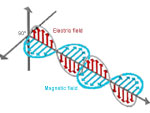 What is a wave?
What is a wave?
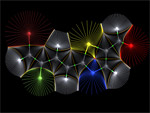 The fields of reality: what is a field?
The fields of reality: what is a field?
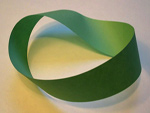 Space in time
Space in time
 Quantum computers
Quantum computers
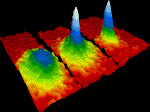 Bose-Einstein condensate
Bose-Einstein condensate
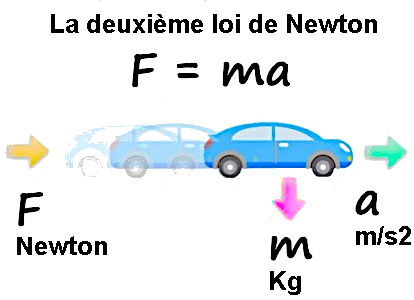 Equation of Newton's three laws
Equation of Newton's three laws
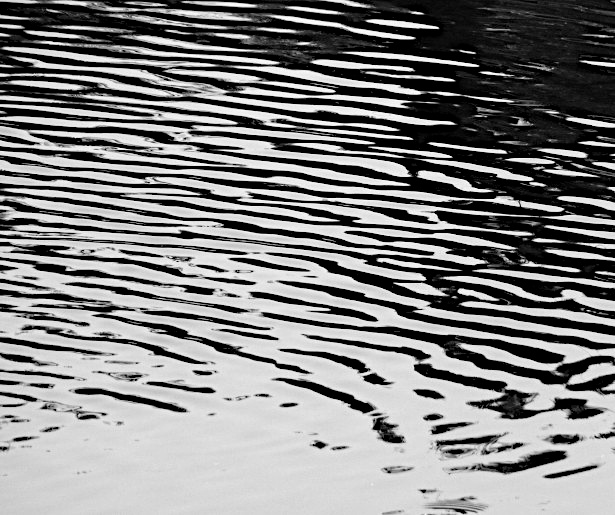 Field concept in physics
Field concept in physics
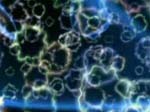 The electron, a kind of electrical point
The electron, a kind of electrical point
 Entropy and disorder
Entropy and disorder
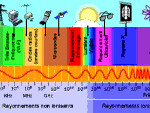 Light, all the light of the spectrum
Light, all the light of the spectrum
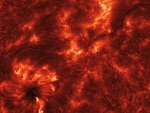 The infernal journey of the photon
The infernal journey of the photon
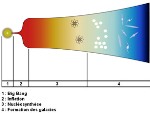 Mystery of the Big Bang, the problem of the horizon
Mystery of the Big Bang, the problem of the horizon
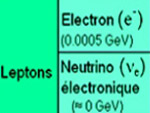 The neutrino and beta radioactivity
The neutrino and beta radioactivity
 Einstein's space time
Einstein's space time
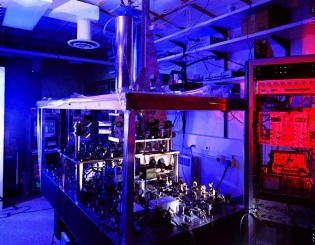 The incredible precision of the second
The incredible precision of the second
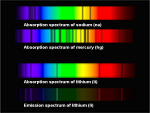 Why does physics have constants?
Why does physics have constants?
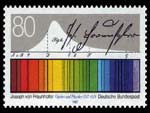 Spectroscopy, an inexhaustible source of information
Spectroscopy, an inexhaustible source of information
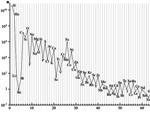 Abundance of chemical elements in the universe
Abundance of chemical elements in the universe
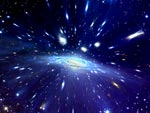 Effects of light aberration
Effects of light aberration
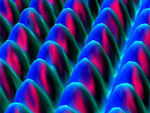 The size of atoms
The size of atoms
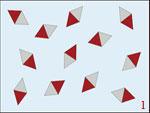 The magnetic order and magnetization
The magnetic order and magnetization
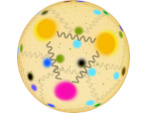 The quark confinement
The quark confinement
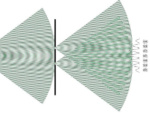 Superpositions of quantum states
Superpositions of quantum states
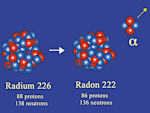 Alpha decay (α)
Alpha decay (α)
 Electromagnetic induction equation
Electromagnetic induction equation
 Nuclear fusion, natural energy source
Nuclear fusion, natural energy source
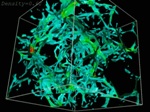 Does dark matter exist?
Does dark matter exist?
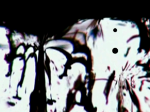 Non-baryonic matter
Non-baryonic matter
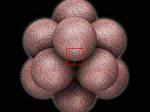 The mystery of the structure of the atom
The mystery of the structure of the atom
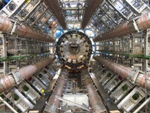 The mystery of matter, where mass comes from
The mystery of matter, where mass comes from
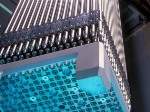 Nuclear energy and uranium
Nuclear energy and uranium
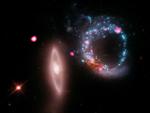 The Universe of X-rays
The Universe of X-rays
 How many photons to heat a coffee?
How many photons to heat a coffee?
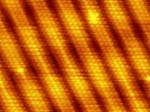 Image of gold atom, scanning tunneling microscope
Image of gold atom, scanning tunneling microscope
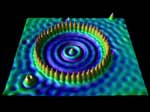 Quantum tunneling of quantum mechanics
Quantum tunneling of quantum mechanics
 Entropy and its effects, the passage of time
Entropy and its effects, the passage of time
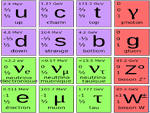 The 12 particles of matter
The 12 particles of matter
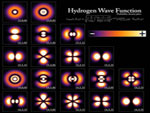 The atomic orbital or image atom
The atomic orbital or image atom
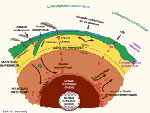 Earth's radioactivity
Earth's radioactivity
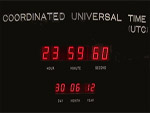 The Leap Second
The Leap Second
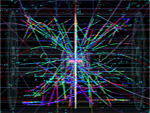 The vacuum has considerable energy
The vacuum has considerable energy
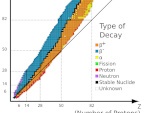 The valley of stability of atomic nuclei
The valley of stability of atomic nuclei
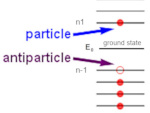 Antimatter and antiparticle
Antimatter and antiparticle
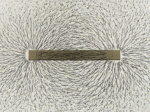 What is an electric charge?
What is an electric charge?
 Our matter is not quantum!
Our matter is not quantum!
 Why use hydrogen in the fuel cell?
Why use hydrogen in the fuel cell?
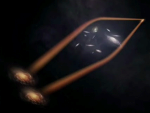 The secrets of gravity
The secrets of gravity
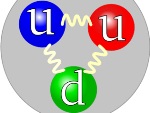 E=mc2 explains the mass of the proton
E=mc2 explains the mass of the proton
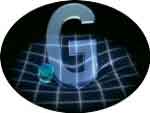 Image of gravity since Albert Einstein
Image of gravity since Albert Einstein
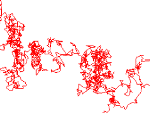 Einstein's miraculous year: 1905
Einstein's miraculous year: 1905
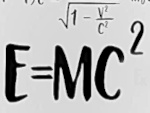 What does the equation E=mc2 really mean?
What does the equation E=mc2 really mean?
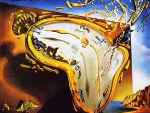 Special relativity and space and time
Special relativity and space and time